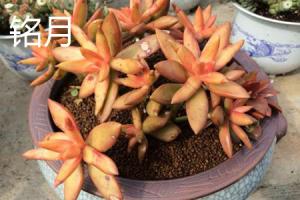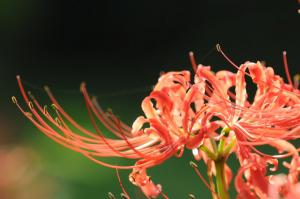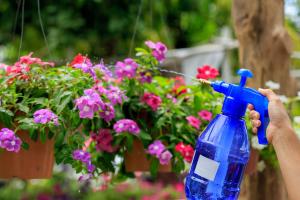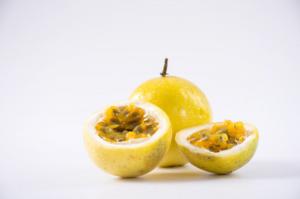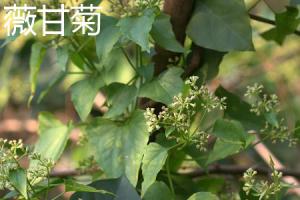Introduction
Air plants, also known as Tillandsias, are becoming increasingly popular in the world of indoor plants due to their unique characteristics, easy maintenance, and versatile display options. However, many people are unsure of how to properly water their air plants. In this article, we will explore the different methods and tips for watering air plants.
The Basics of Air Plant Watering
The first thing to know about watering air plants is that they do not require soil to grow, as they absorb nutrients and moisture through their leaves. Unlike traditional plants, air plants have specialized trichomes on their leaves that allow them to absorb water and nutrients directly from the atmosphere. This means that the method of watering air plants is different from traditional plants.
Watering Methods for Air Plants
There are several methods for watering air plants, each with its own advantages and disadvantages. Let's take a closer look at these methods.
Soaking
Soaking is one of the most popular methods of watering air plants. To soak your air plant, simply place it in a container filled with room temperature water for 30 minutes to an hour. After soaking, gently shake off any excess water and place the plant back in its display. This method is great for air plants that have not been watered in a while or are experiencing drought stress.
Misting
Misting is another common method for watering air plants. With a spray bottle, mist your air plant once or twice a week, depending on the humidity levels in your home. It is essential to mist the entire plant, including the undersides of the leaves, to ensure it receives enough moisture.
Submerging
Submerging is similar to soaking but involves placing the air plant in a container of water for a shorter period, about 15-20 minutes. This method is great for air plants that require more frequent watering, such as those located in hot and dry areas.
Running Water
Finally, running water under a faucet for a few minutes is another method of watering air plants. This method mimics the rainfall in their natural habitat and can remove any buildup of minerals or debris from the leaves.
Water Quality
The quality of the water you use to water your air plants is essential. It is best to use filtered, distilled, or rainwater as tap water can contain high levels of minerals and chlorine, which can harm your air plants. If you must use tap water, let it sit out overnight to allow chlorine to dissipate before using it to water your plants.
Frequency of Watering
The frequency of watering air plants depends on the environmental conditions in which they are located. In general, air plants should be watered once a week, but this can vary depending on the humidity levels and temperature in your home. If your air plant appears to be struggling or has dry tips, it may be a sign that it needs more frequent watering.
Conclusion
Watering air plants can seem daunting at first, but with a little knowledge and practice, it can be an easy and enjoyable task. Using the right watering method, quality water, and frequency will help ensure your air plants thrive and flourish.

 how many times do yo...
how many times do yo... how many planted tre...
how many planted tre... how many pine trees ...
how many pine trees ... how many pecan trees...
how many pecan trees... how many plants comp...
how many plants comp... how many plants can ...
how many plants can ... how many plants and ...
how many plants and ... how many pepper plan...
how many pepper plan...